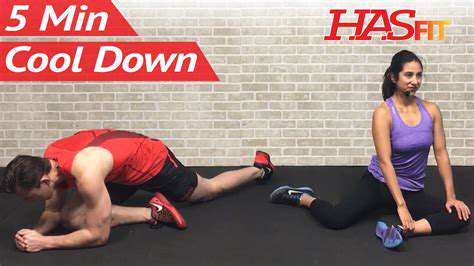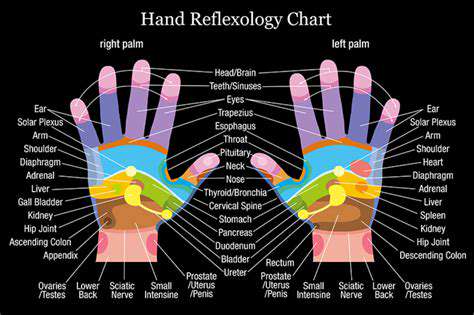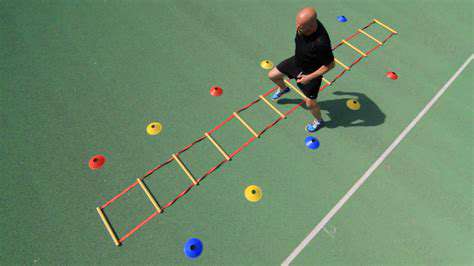Workouts for Improved Wrist Performance

Wrist Extensor Exercises
Many people underestimate the importance of wrist extensors, those muscles running along the outer forearm that control wrist extension. These often-neglected muscles contribute significantly to everyday actions like carrying groceries, opening jars, or even scrolling on your phone. Consistent training of these muscles not only enhances performance but also serves as a protective measure against common overuse injuries. When performing these movements, quality always trumps quantity - maintaining proper alignment and moving deliberately yields far better results than rapid, uncontrolled motions.
A practical way to train these muscles involves using elastic resistance bands. Anchor one end securely and grasp the other with your hand. With your forearm stabilized on a flat surface, gently lift your hand upward against the resistance, pausing briefly at the top of each movement. Perform 2-3 sets of 12-15 repetitions, adjusting the band tension as your strength improves over several weeks.
Wrist Flexor Exercises
The opposing muscle group, the wrist flexors along the inner forearm, requires equal attention for balanced development. These muscles activate whenever you grip objects, type on a keyboard, or perform pulling motions. Well-conditioned flexors contribute to improved precision in fine motor tasks and help maintain joint stability during forceful movements. Neglecting these muscles often leads to compensatory patterns that may eventually cause discomfort or injury.
For effective flexor training, try the seated wrist curl variation. Rest your forearm on your thigh with your palm facing upward, holding a light dumbbell. Slowly curl the weight upward by flexing your wrist, then lower it with control. The key lies in isolating the wrist movement while keeping your forearm stationary. Begin with 3 sets of 10-12 repetitions using manageable weight, focusing on perfecting your technique before increasing resistance.
Wrist Rotation Exercises
Rotational movements often get overlooked in wrist training programs, yet they're essential for complete joint health. The ability to rotate your wrist smoothly impacts everything from turning doorknobs to adjusting your grip during sports. Developing rotational strength enhances joint resilience and helps prevent the stiffness that frequently accompanies repetitive hand use. These exercises prove particularly valuable for musicians, artists, and anyone who works extensively with their hands.
An excellent rotational exercise uses a light hammer or similar weighted object. Hold the handle with your thumb pointing upward, then slowly rotate your wrist through its full comfortable range - first clockwise, then counterclockwise. Perform 2-3 sets of 8-10 rotations in each direction, maintaining smooth, controlled movements throughout. This exercise mimics many real-world motions while strengthening the often-neglected rotational muscles.
Balanced training in all rotational directions prevents muscular imbalances that could lead to joint issues over time. Regular practice of these movements enhances wrist mobility and may reduce discomfort associated with prolonged computer use or other repetitive activities.
For optimal results, combine these rotational exercises with your other wrist training, creating a comprehensive program that addresses all movement patterns. Those recovering from wrist injuries should consult a physical therapist before beginning any new exercise regimen.
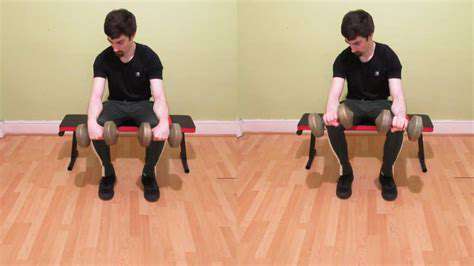
Incorporating Wrist Workouts into Your Routine: A Practical Approach
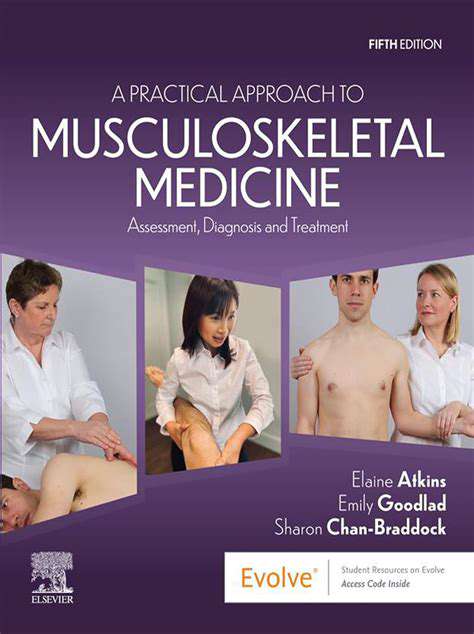
Building Stronger Wrists: The Importance of Wrist Exercises
Wrist strength forms the foundation for countless daily activities, from simple actions like pouring coffee to complex athletic maneuvers. Weak wrists frequently become the limiting factor in both fitness progress and occupational performance, often leading to compensatory movements that increase injury risk. A proactive approach to wrist conditioning enhances overall physical capability while reducing the likelihood of strain-related issues developing over time.
While wrist training might seem insignificant compared to larger muscle groups, its impact extends far beyond the joint itself. Strong, mobile wrists improve force transfer during upper body movements and enhance grip endurance. This often-overlooked aspect of fitness contributes to better performance in weight training, sports, and even posture maintenance during desk work. The cumulative benefits make wrist exercises a worthwhile investment for anyone seeking long-term physical well-being.
Types of Wrist Workouts: A Variety of Options
Effective wrist training doesn't require specialized equipment. Bodyweight exercises like wrist push-ups (performed on fists or fingertips) provide excellent conditioning, while common household items like water bottles or bags of rice can serve as improvised weights. For those seeking structured progression, adjustable resistance bands offer scalable challenge levels suitable for all fitness stages.
More experienced individuals might incorporate specialized tools like grip trainers or wrist rollers. These devices target forearm and wrist musculature through different movement patterns. Regardless of equipment choice, the fundamental principles of progressive overload and proper form remain paramount for safe, effective development. Beginners should master basic movements before advancing to more challenging variations.
Frequency and Duration: Optimizing Your Wrist Routine
Wrist muscles respond well to frequent, moderate-intensity stimulation. Distributing your training across 3-4 brief sessions weekly (about 10-15 minutes each) typically yields better results than infrequent, lengthy workouts. This approach allows for adequate recovery while maintaining consistent stimulus for adaptation. Many find success by attaching wrist exercises to existing routines - performing them as part of warm-ups, between sets of other exercises, or during cool-down periods.
Training volume should align with your recovery capacity and daily wrist usage. Those performing manual labor or extensive computer work may benefit from higher-frequency, lower-intensity sessions focused on mobility and endurance. Conversely, athletes requiring explosive grip strength might prioritize fewer but more intense sessions emphasizing power development.
Integrating Wrist Workouts into Your Routine: Practical Application
The most sustainable approach involves weaving wrist exercises seamlessly into your existing schedule. Office workers might perform isometric contractions while on phone calls, or keep a stress ball at their workstation for periodic squeezing. Fitness enthusiasts can incorporate wrist movements into their regular training - for instance, performing wrist curls between sets of upper body exercises.
Creative integration helps maintain consistency without adding perceived time burden to your routine. Try performing wrist circles during television commercials, or isometric holds while reading. These small but frequent interventions accumulate significant training volume over time while requiring minimal dedicated workout time. The key lies in identifying natural opportunities throughout your day where wrist training can occur without disrupting normal activities.



